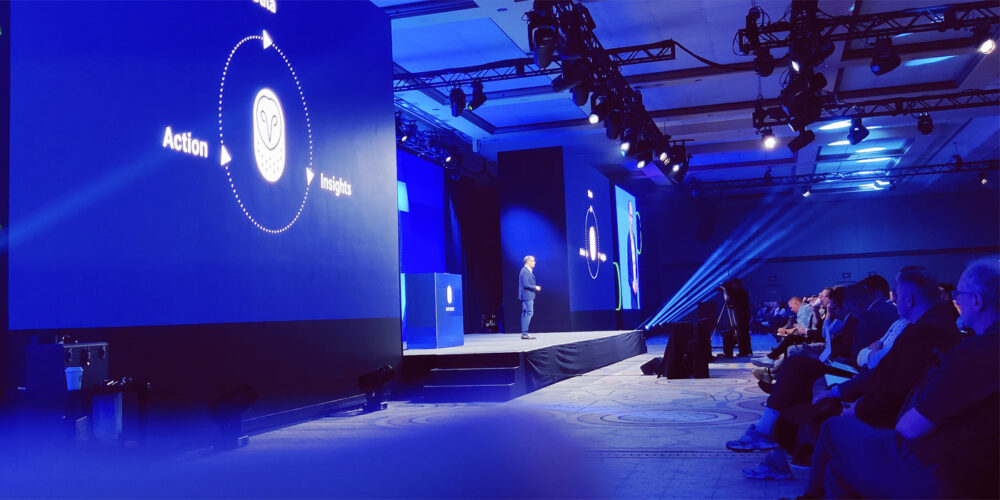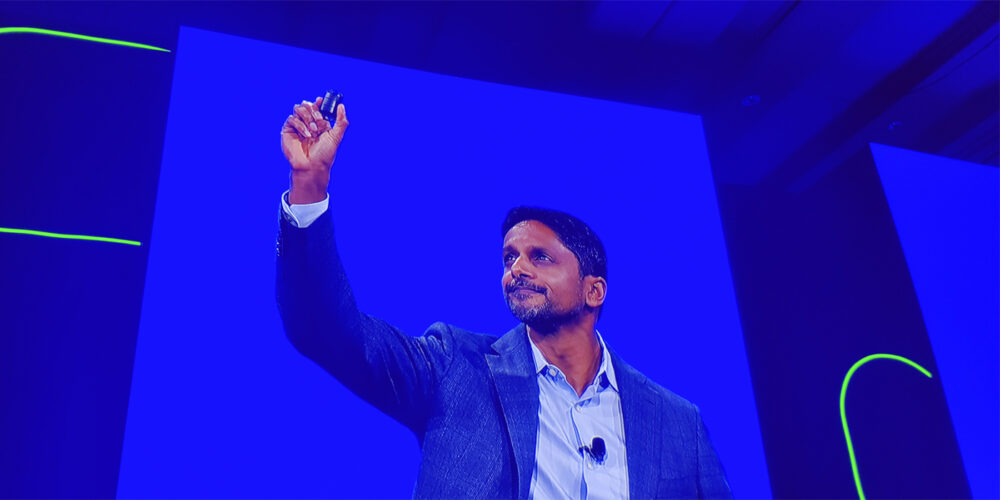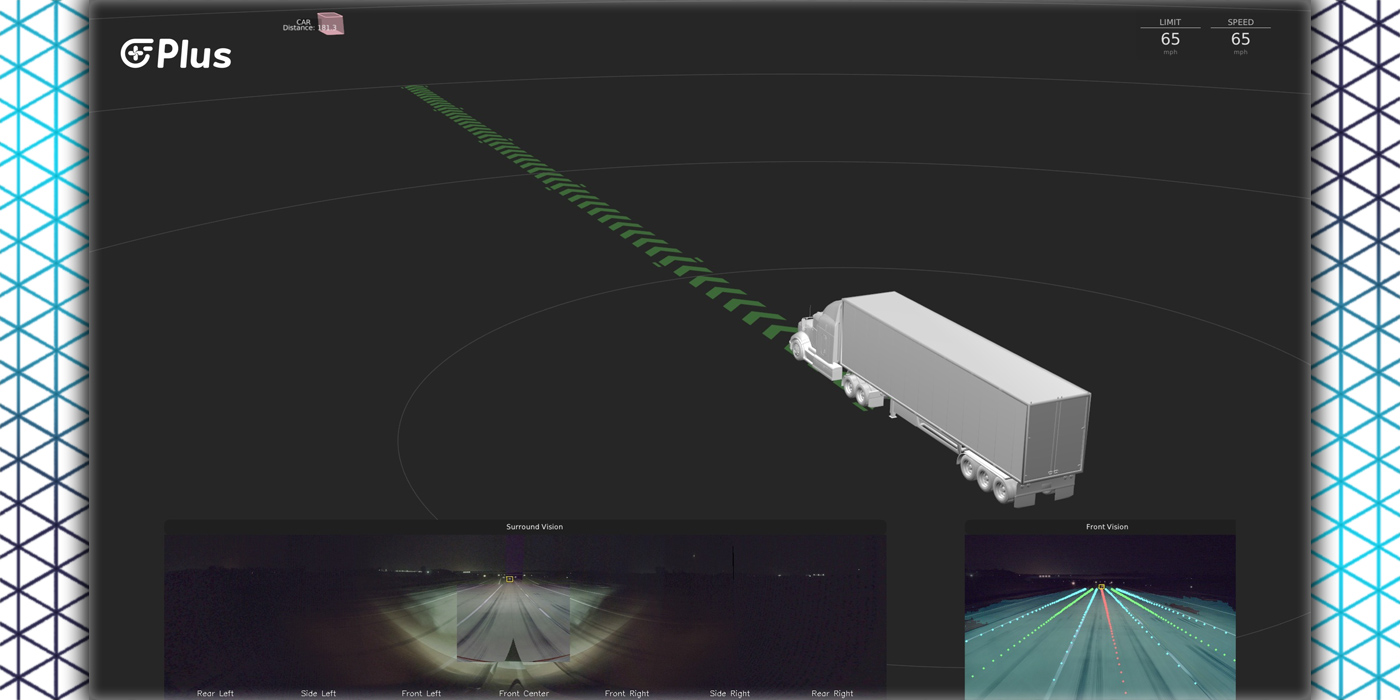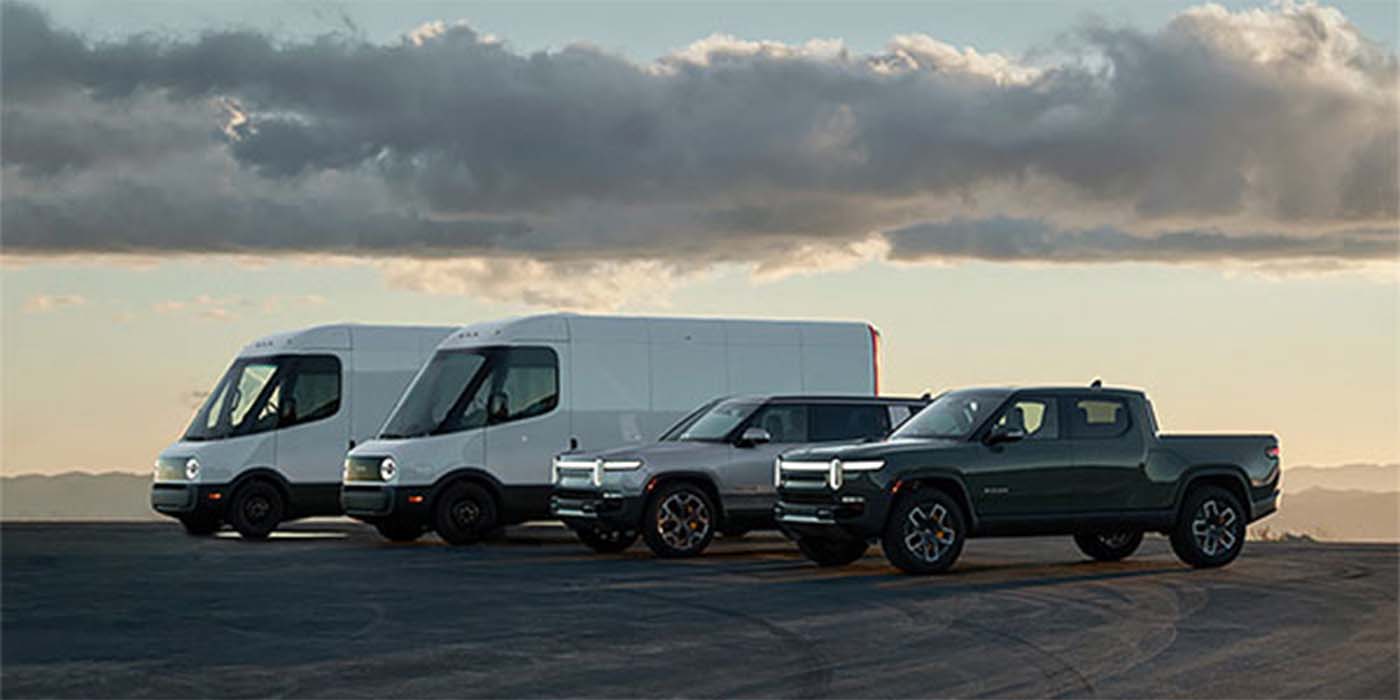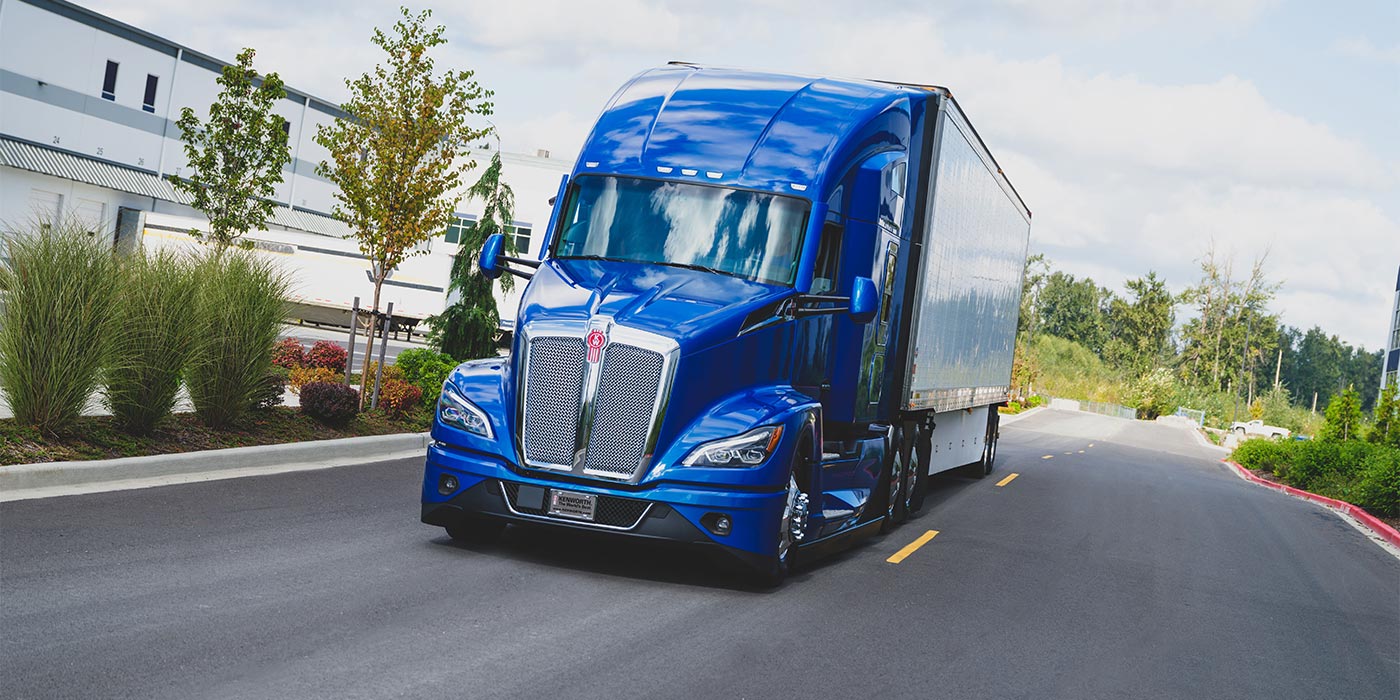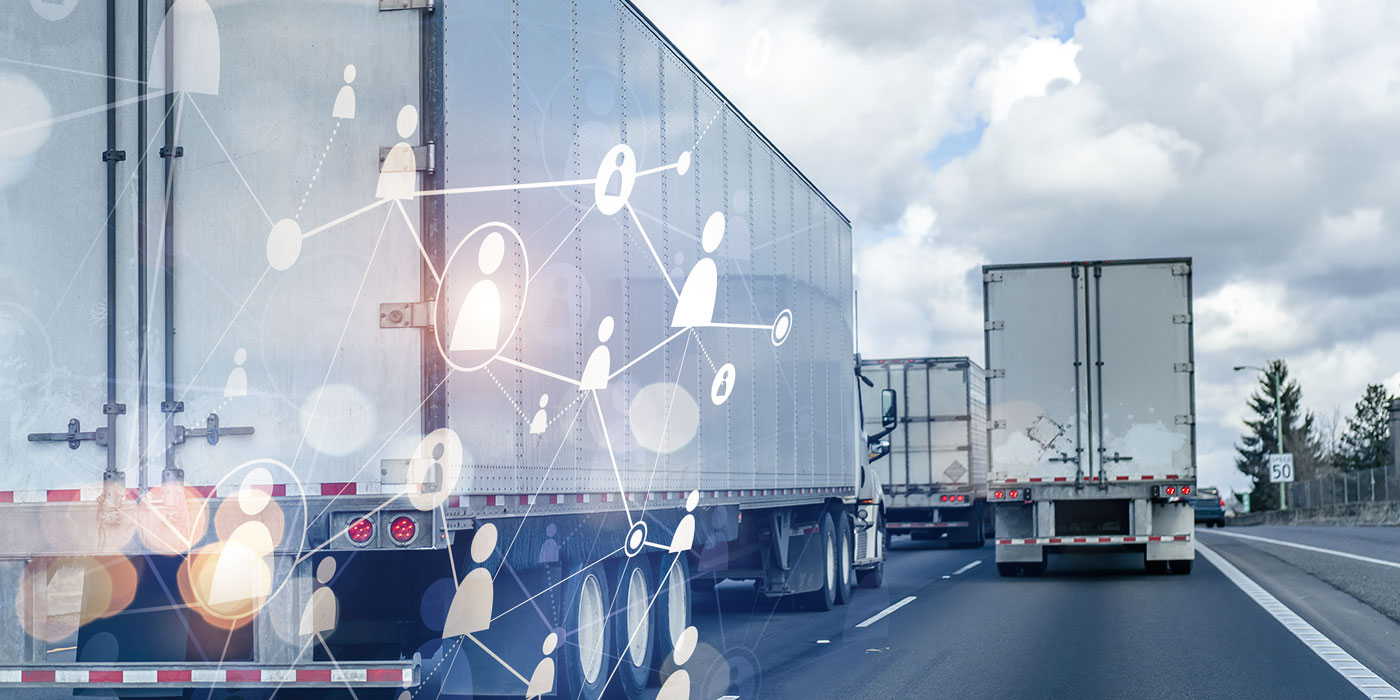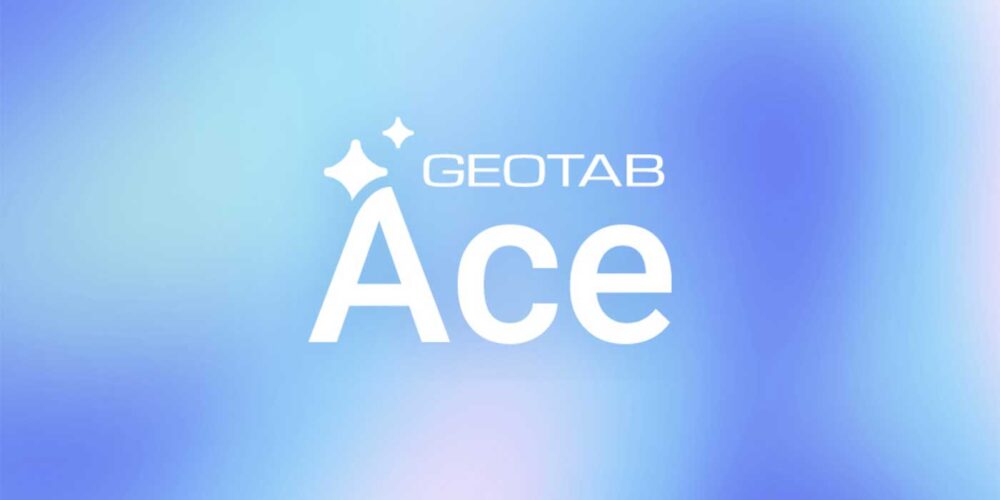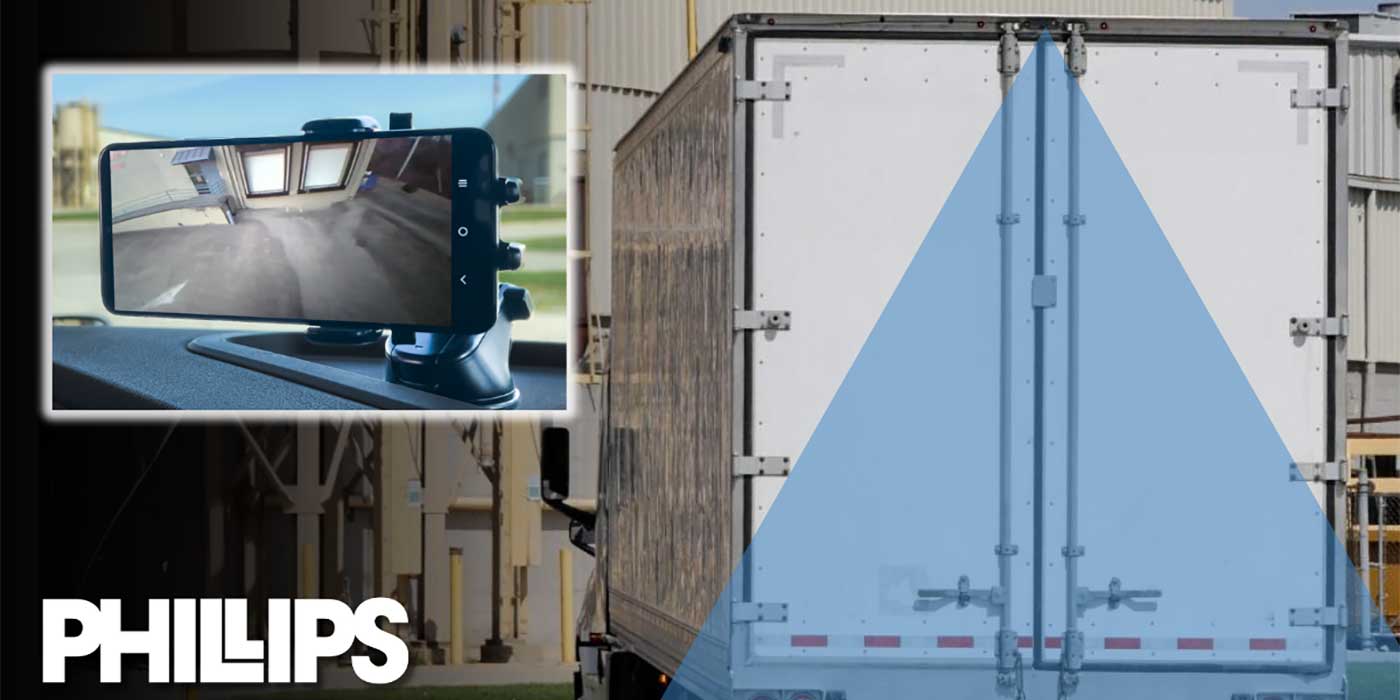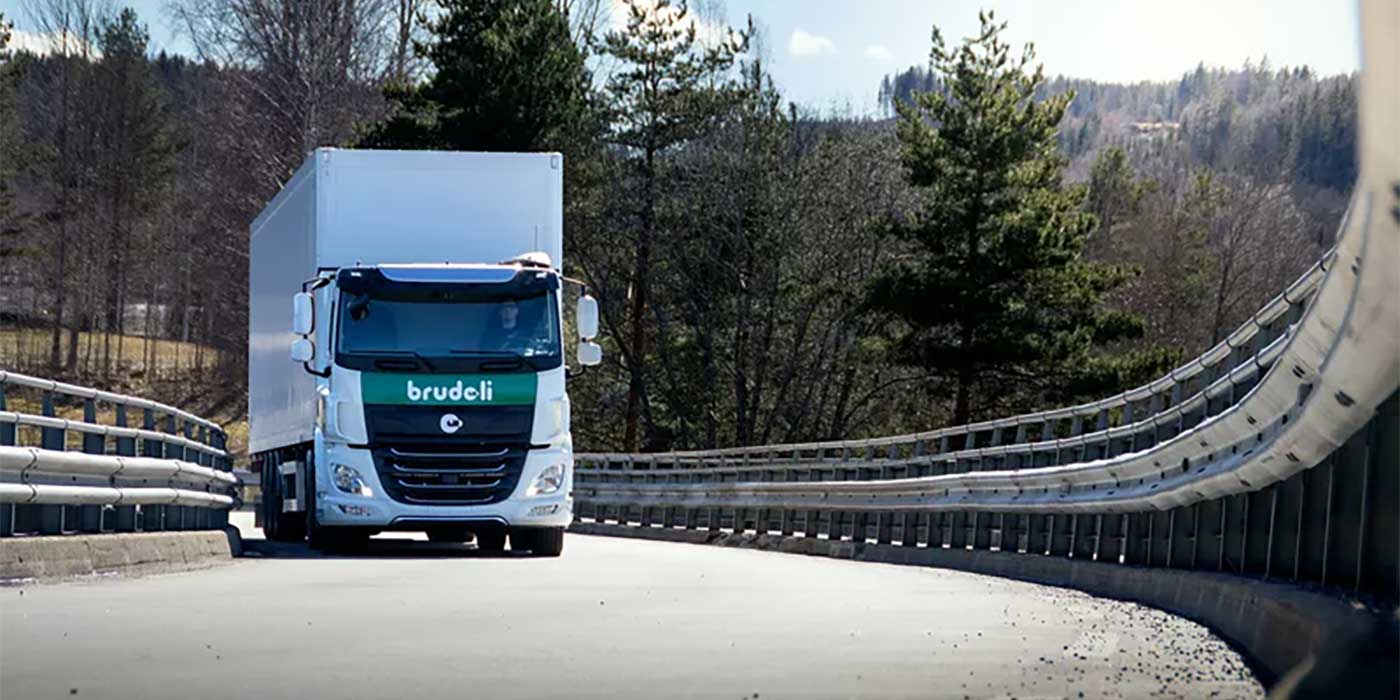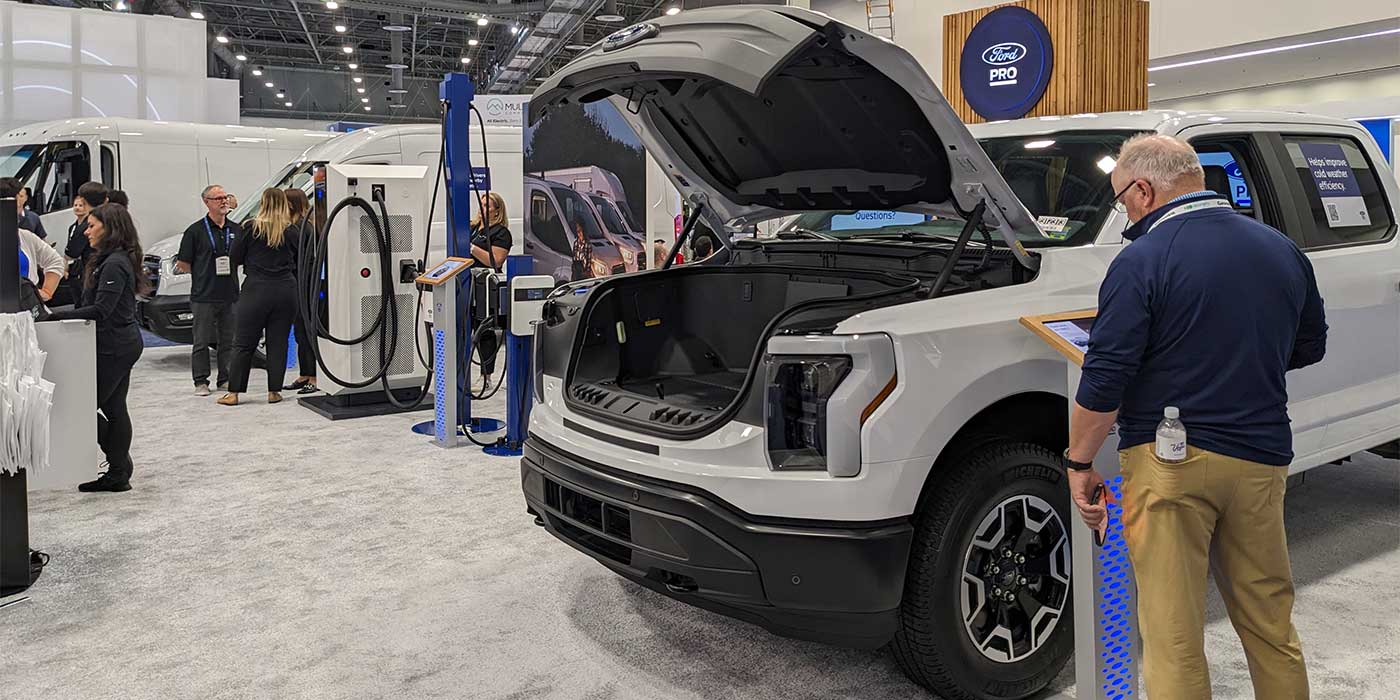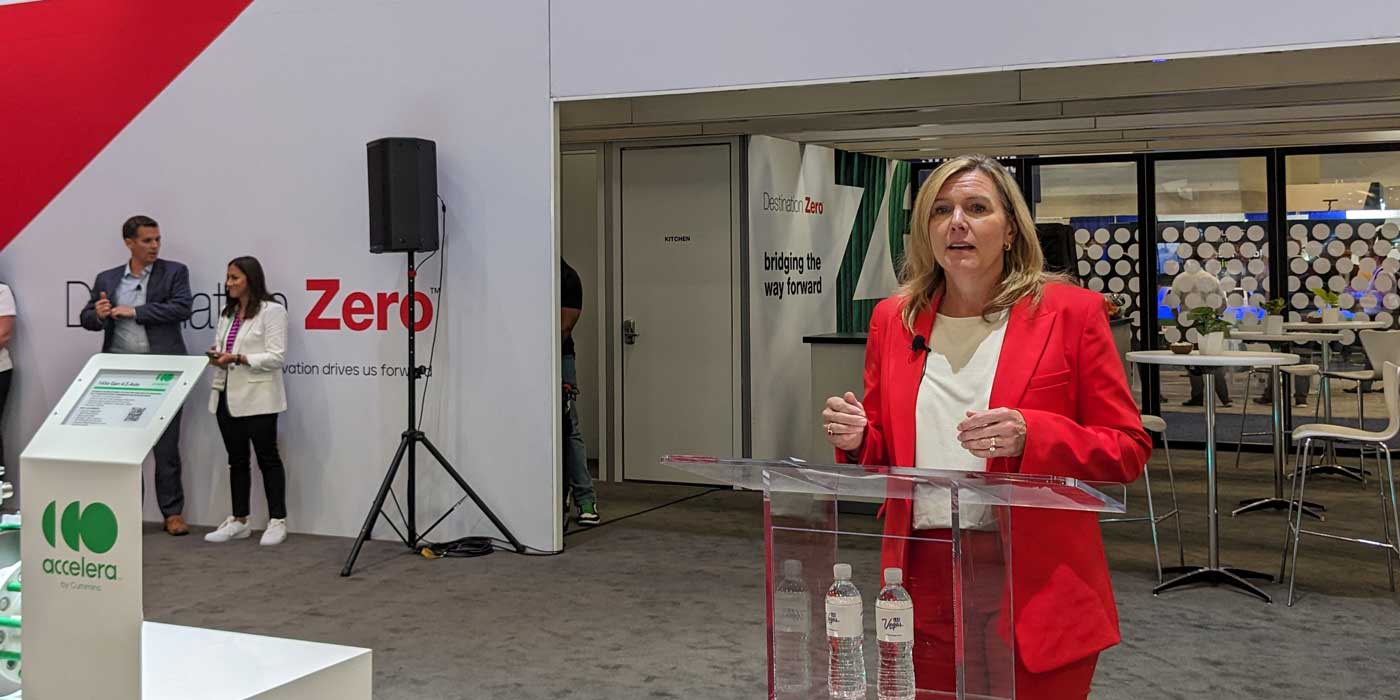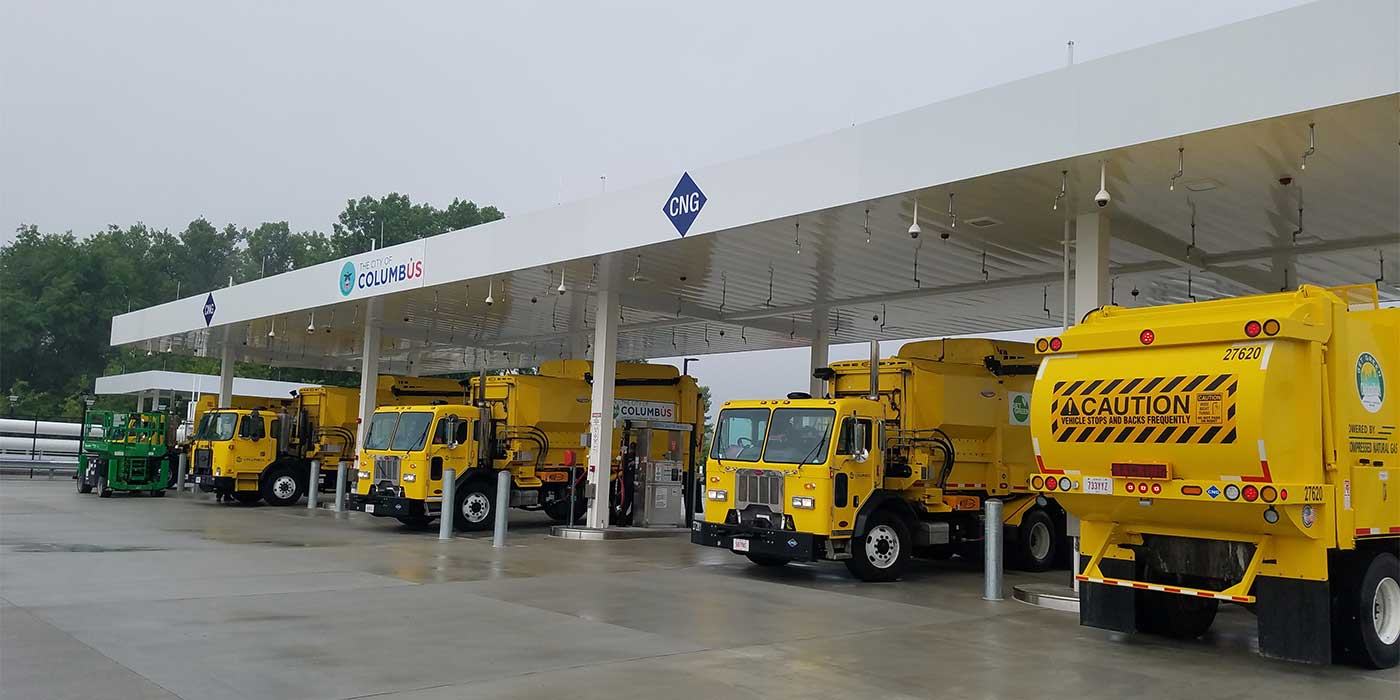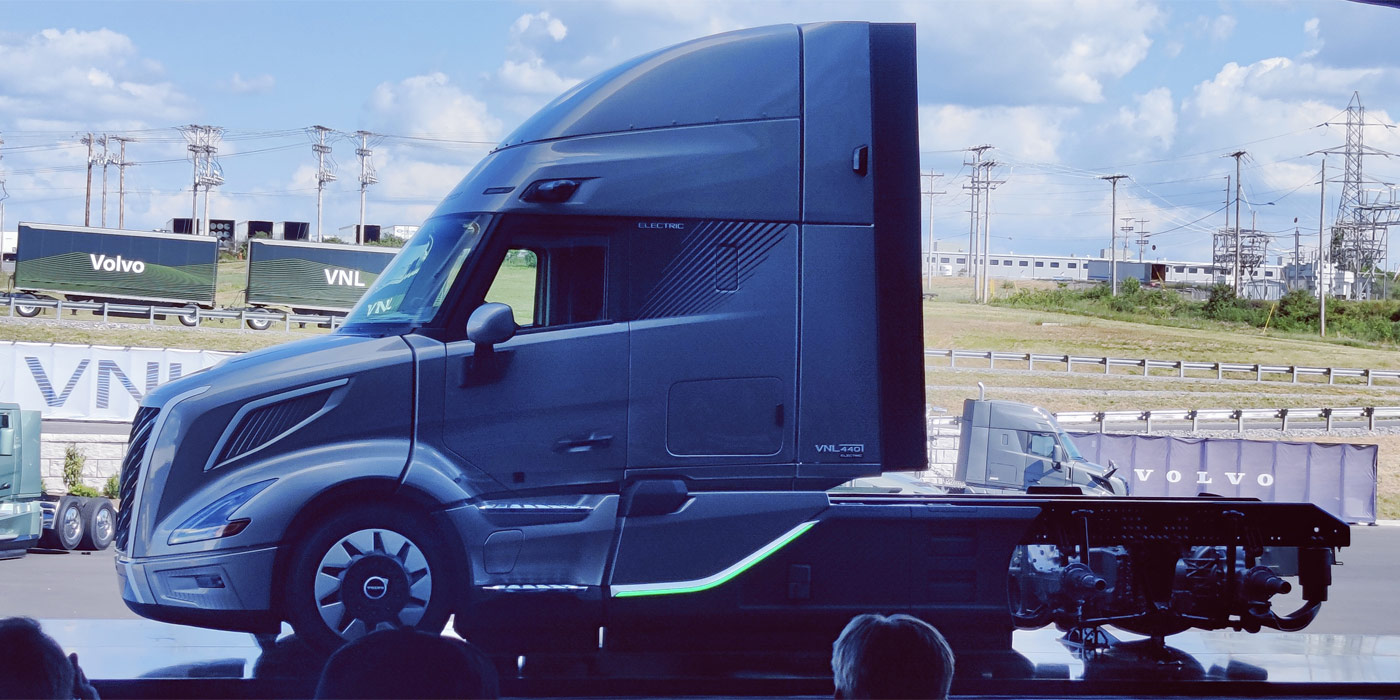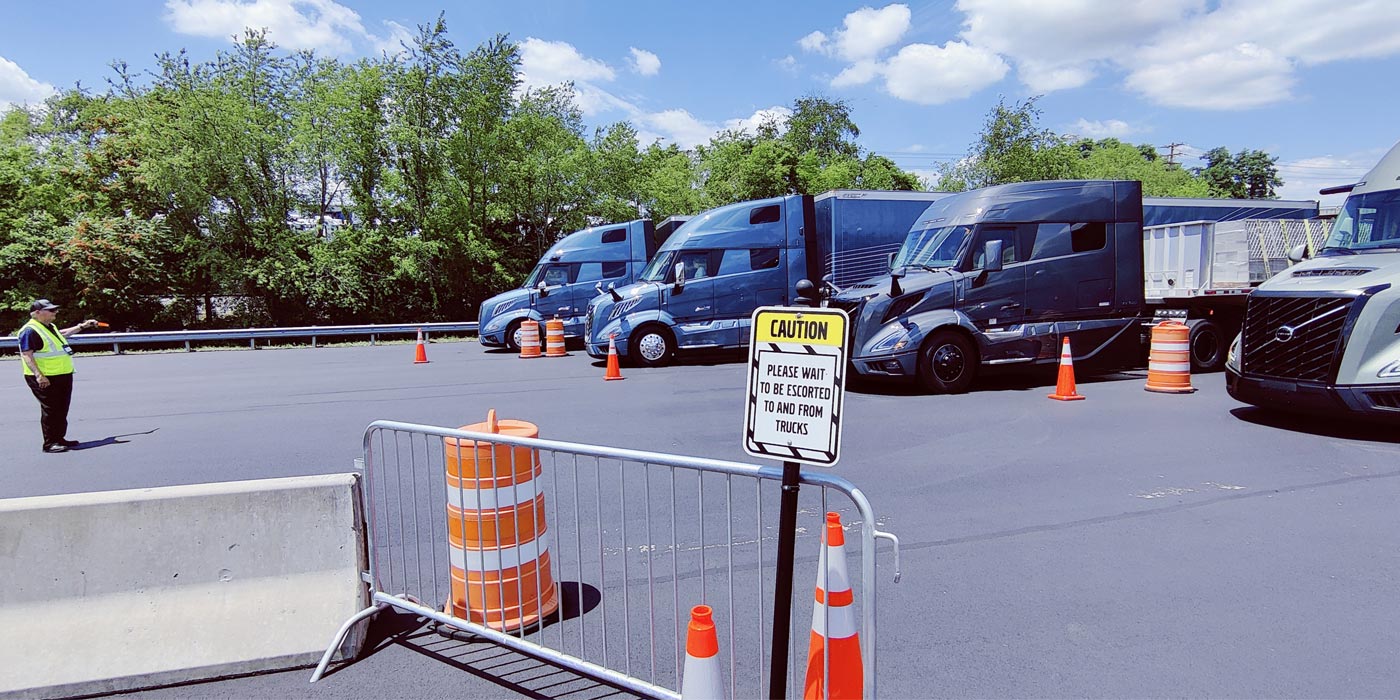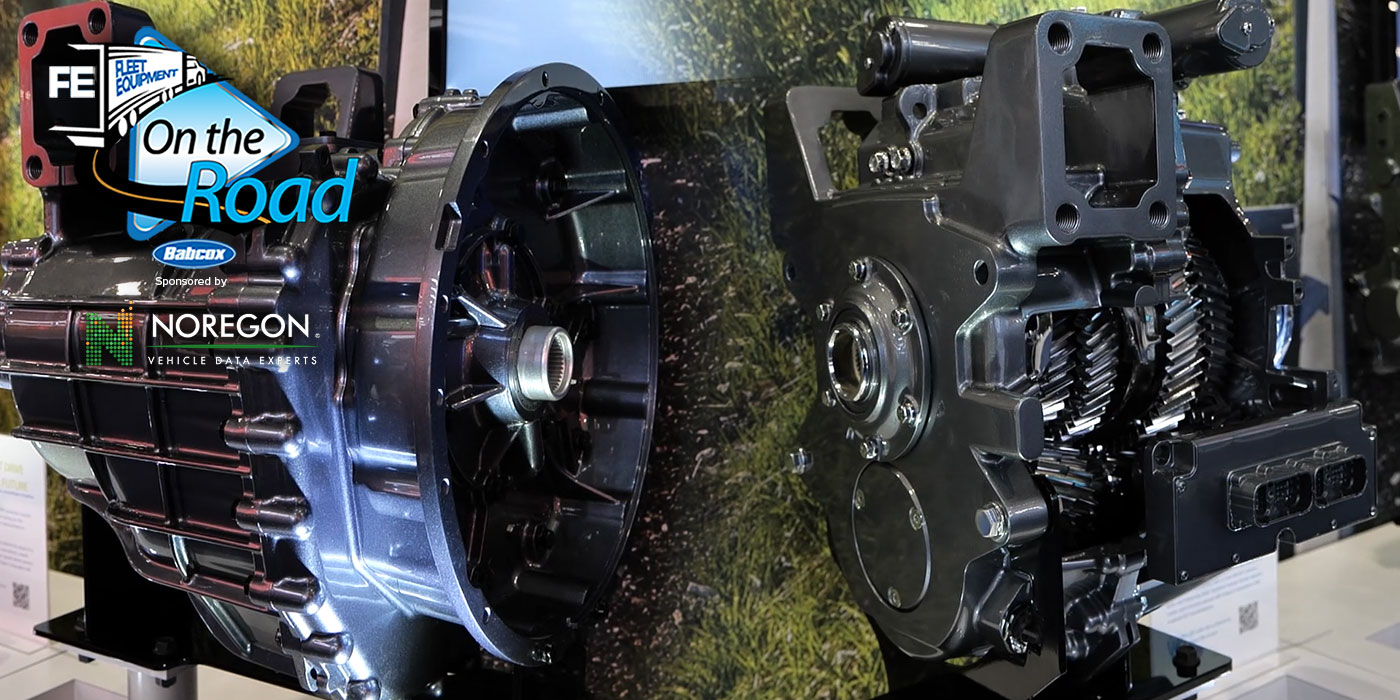Connected Workflows, Connected Training and the new Asset Tag—those are the big takeaways that Samsara wants fleets to know about from this year’s Beyond conference in Chicago, Il. Before we dive into the technologies, let’s assess what the company is trying to do. In a presentation, Samsara Chief Executive Officer Sanjit Biswas and Chief Product Officer Kiren Sekar said the company went to fleets to find out the issues they were facing. They learned that safety and security continued to dig into the bottom lines of many fleets. From there, Samsara said it worked to develop and test solutions to help mitigate risks like distracted driving, theft, driver safety and more.
Small but mighty
The biggest of these three announcements was arguably the new Asset Tag—though it may actually be the smallest. About as big as a fun-sized candy bar, this far-less tasty plastic brick boasts a four-year battery life and enables companies to track and manage non-vehicle items that are also not big enough to support larger cellular devices like toolboxes and different attachments for construction equipment. In fact, during the presentation, Samsara demonstrated how you can use an app to find a specific toolbox (not just a general area) with the Asset Tag installed, using a hot/cold system.
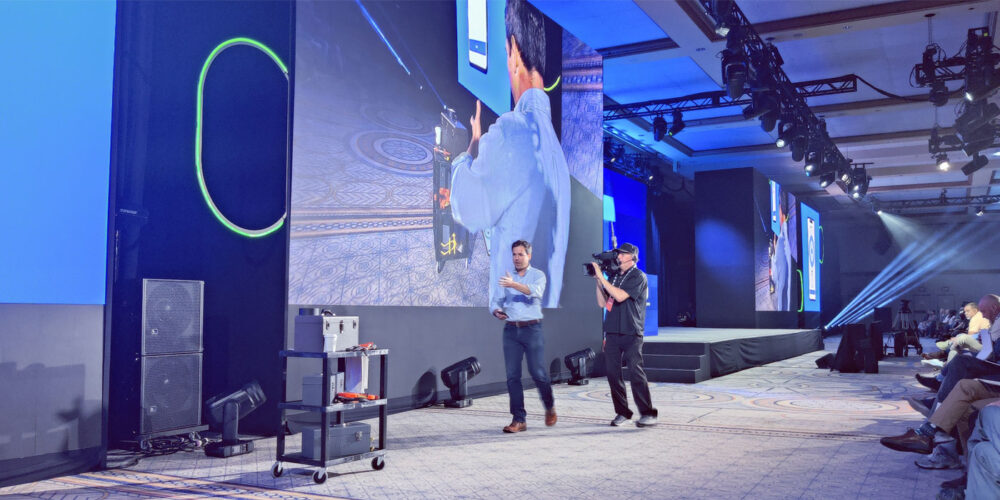
In addition to finding the tools, the device also pinged its location to the Samsara dashboard every time it passed by another connected device, via Bluetooth. The company pulled up a map to demonstrate how, when shipping from San Francisco to Chicago, the tools left roughly 1,500 pings along the way, or about 200 per day. Samsara noted that having more connected devices helps to give more up-to-date data, and added the transportation companies using its technology make up a large network to provide accurate on-highway readings. In a Q&A, Biswas and Sekar said if you’re going somewhere remote, a cellular option may work better, as you won’t have as many connected devices to ping off of.
The device itself is seemingly robust, with Samsara showing they’ve done drop, crush and freeze testing in a lab, along with real-world testing, to demonstrate its capabilities. Oh, and they hit it with a golf driver. The “range tested” model was a little worse for wear, but reportedly still functioned fine.
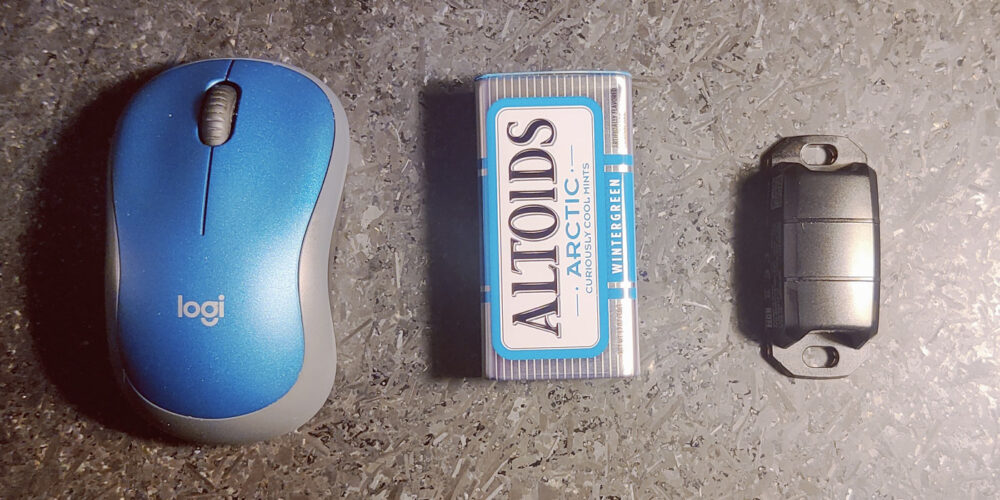
Speaking of range, the device registers from over 1,000 ft. away, with a clear line of sight. Samsara knows that’s often not the case in the real world, and said they wanted to make it as strong as possible so it can be found through metal and concrete walls in shipping yards and construction sites.
Communication is key
Connected Workflows, according to Samsara, help speed up communication between crews and send reports to supervisors. During the presentation, Samsara gave an example of a geofence that was set up around a construction site. When a truck arrived on site, it crossed the geofence barrier and the driver was automatically notified of any risks and hazardous materials in use and sent new updates from workers. If a piece of equipment is broken or a spill happens, a worker can take a picture and upload the incident ticket, which gets shared to notify others and sent to a supervisor who can task someone to address the issue.
Additionally, the system allows companies to customize dozens of triggers (like accidents, harsh braking, scheduling and more) that will automatically issue a ticket. From there, data is collected to help find out what went wrong and get to the root of the problem.
Reed DesRosiers, Samsara staff product manager, explained that Connected Workflows is an evolution of Connected Forms, which was announced last year. Now a part of the larger ‘Workflows’ system, ‘Forms’ helps digitize maintenance logs, bills of lading, load verification, timesheets and other forms information that would normally be kept on paper. DesRosiers explained Samsara’s customers have been using Connected Workflows in four main categories: managing equipment, safety, transportation / logistics and workforce management. By digitizing documents in these areas, DesRosiers said piles of paperwork become actionable data points that companies can use to improve efficiency and help workers in administration roles save time.
Automatically addressing safety
When beta testing Connected Training, Samsara said participating companies reported a 35% drop in safety events. Here’s how it works.
Instead of waiting days or weeks for a driver and a fleet manager to meet face-to-face, training can be sent automatically after an event occurs, addressing unacceptable driving behaviors more quickly. Samsara gave the example of a driver who was detected to be looking at his phone twice in one trip. Without needing intervention from a supervisor at a dispatch center, that driver was sent a notification to complete training videos and quizzes through the Samsara Driver app. Companies can use premade training modules, or Samsara said they can create their own to suit the specific needs of the job.
In an interview, Samsara Senior Product Manager Mike Innocenzi said Connected Training works similarly to Connected Workflows, where the company can set a number of parameters to suit their individual needs. He added that it isn’t always about correcting dangerous behaviors, but it also becomes a useful tool for sharing new information or procedures. Instead of waiting to get all of a fleet’s drivers together in a classroom, Innocenczi said necessary training modules can be pushed to the drivers, no matter where their route takes them.
AI innovations
Samsara also announced three new AI-based innovations. The first two systems, lane departure and forward collision warnings are becoming more familiar. Machine learning models use the dash cam video to help detect and alert the driver of risks before they become incidents. The third is geared toward an issue that’s harder to detect and can be very dangerous on the road: Drowsiness Detection.
According to Samsara, one out of every three drivers reports having fallen asleep behind the wheel, or nodding off while driving. Light-, medium- or heavy-duty, no matter what class of vehicle you’re running, we don’t need to express how hazardous that can be for other drivers and your company.
Drowsiness Detection works by using an inward-facing dash camera. In the same way that the technology can detect a driver using their phone, it can observe differing factors to assess if the driver appears to be sleepy and alert the driver to find a place to rest. According to Samsara, Drowsiness Detection looks for:
- closed eyes;
- yawning;
- facial contortion;
- rubbing eyes; and
- a blank stare.
Data from these three AI systems gets sent back to the Samsara dashboard. The company says similar to crashes or distracted driving, fleet managers can review the incident(s) to see if an outside factor caused it to happen, or if coaching needs to be implemented to break a driver’s bad habits.
The data flywheel
Similar to the Bluetooth connections noted earlier in the Asset Tag section, Samsara said the more points of data that are available, the better AI technologies can work. The name they give this system is the “data flywheel.” Samsara said it functions similarly to its mechanical counterpart, only the power starting the rotation in this case is data. Data fuels insight, insight fuels action, and action leads to more collectible data.
In just the past year, Samsara said fleets using its technology drove over 60 billion miles and made 75 billion API calls, which gave them more than 9 trillion data points to process. The company used the data flywheel to help explain how it says its growing network helps all fleets. Not only do more data points further AI capabilities, according to the company, but but it also makes those technologies more accurate, by weeding out false reports. Samsara added that each company’s data remains private, but any findings that can help improve safety or system functions, will be shared with all customers.
